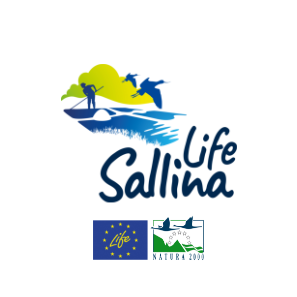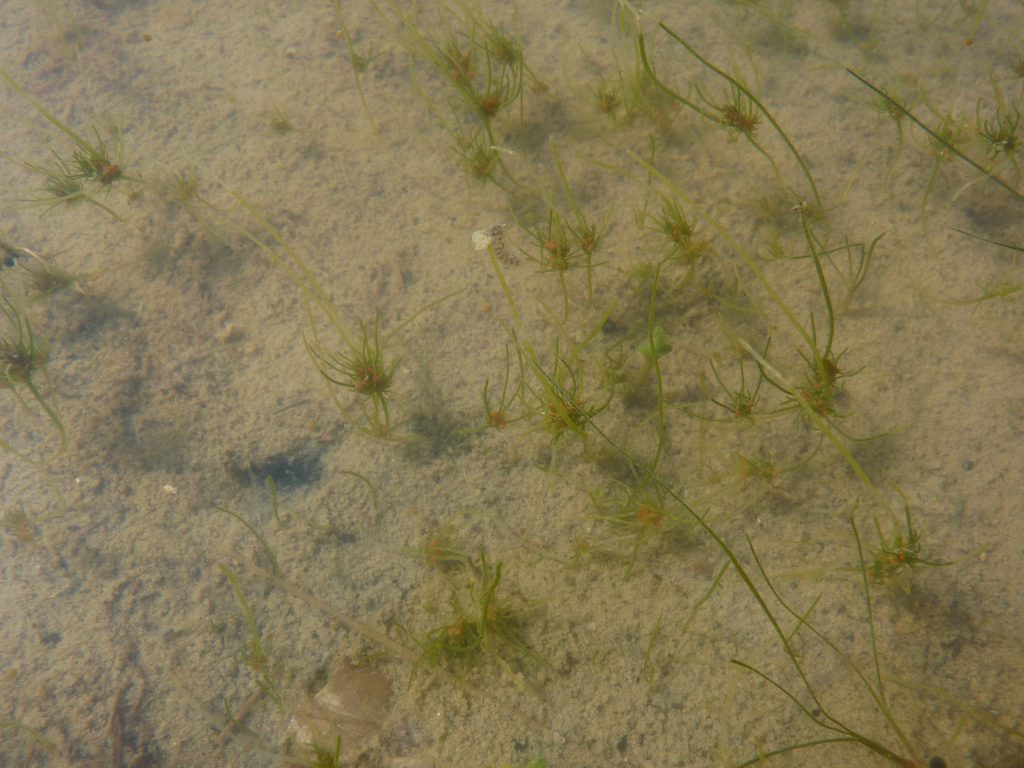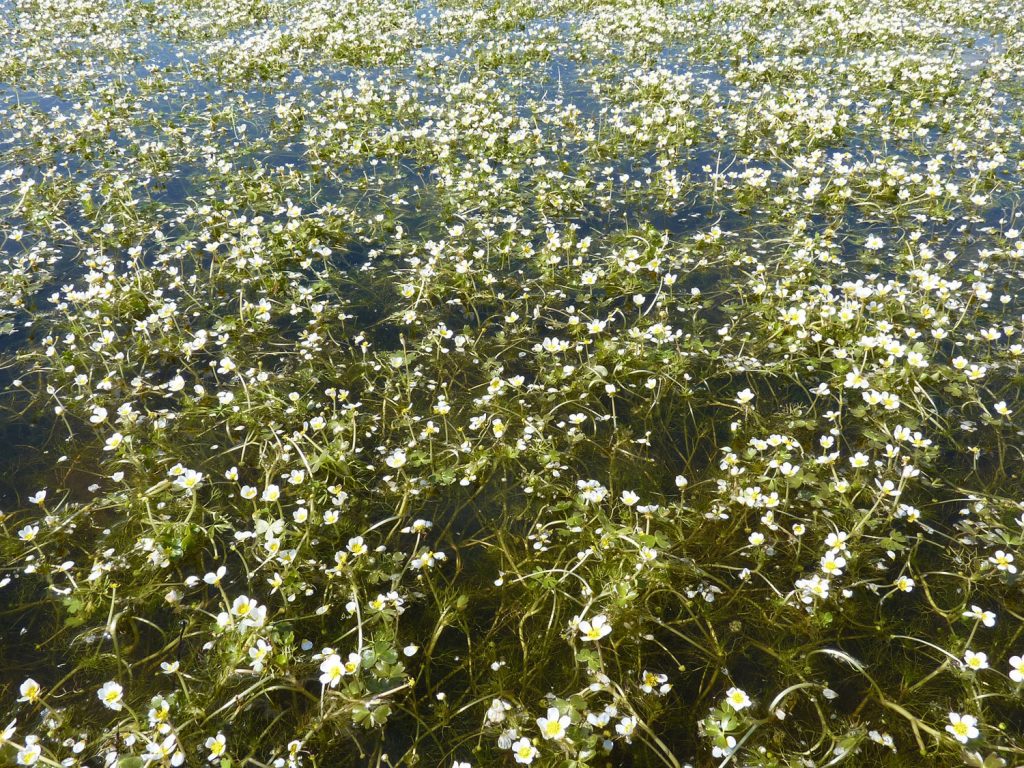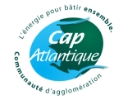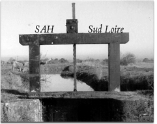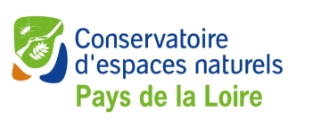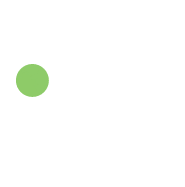Presentation
The “Coastal lagoons” habitat, a “natural” environment typical of salt and salt marshes, presents a wide variety of plant and invertebrate groups, depending on the salinity levels encountered. Thus, we find within the basins vegetation linked to a high rate of salinity, called hypersaline, such as herbaria of Ruppia sp. and Beaudot buttercup (Ranunculus baudotii) herbaria in the less salty so-called “brackish” pools.
The brackish lagoons constitute very important environments for biodiversity and host a rich and diversified fauna and flora. For the odonates, we can cite the Leste dryad (Lestes dryas), the elegant Aeschne and the Leste barbare (Lestes barbarus). The following amphibians can be osberved, the webbed newt (Lissotriton helveticus), the crested newt (Triturus cristatus), the agile frog (Rana dalmatina) or the spotted pelodyte (Pelodytes punctatus). Finally, the brackish lagoons host the most endangered species of the salt marshes: the Tolypelle saline (Tolypella salina). The brackish lagoons thus contribute to the biological richness of the salt marshes, it is therefore essential to preserve them.
There are currently gaps in the ecological conditions favorable to the conservation of seagrass beds in brackish lagoons (water level, salinity, nitrogen and phosphorus content, etc.). The improvement of knowledge on these particular environments is necessary to set up a management favorable to the maintenance and the development of these herbariums.
Goals
The aim of the study is to characterize the ecological conditions allowing the presence of brackish seagrass in the “Coastal lagoons” habitat in order to define the hydraulic management methods to be followed to maintain or even develop them.
Advancement
The study was carried out between March 2019 and March 2020. The report is under preparation.
Results
Awaiting final report


